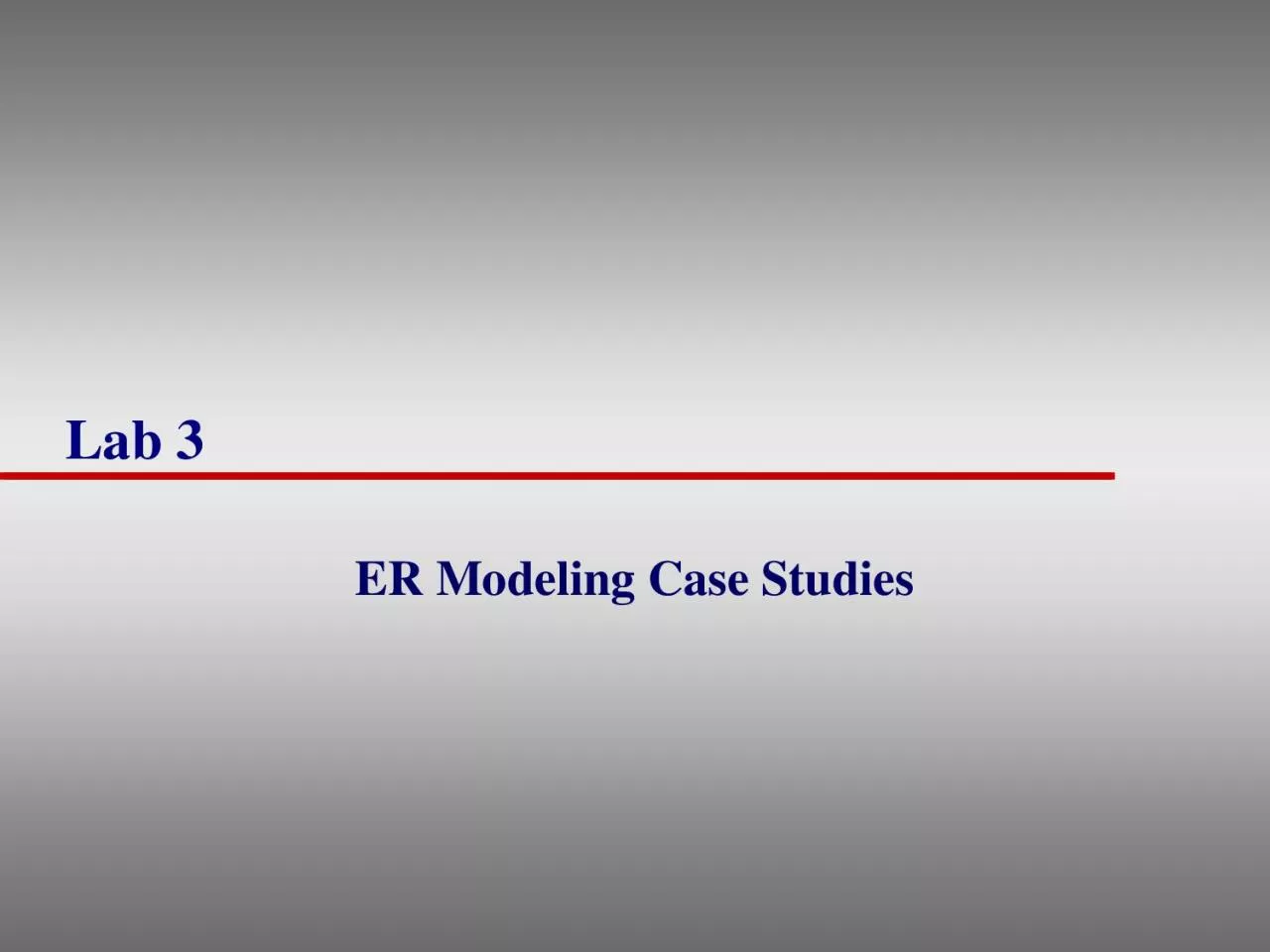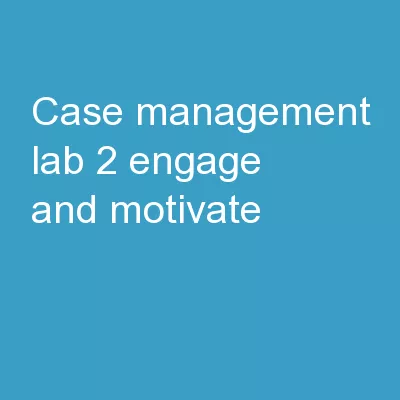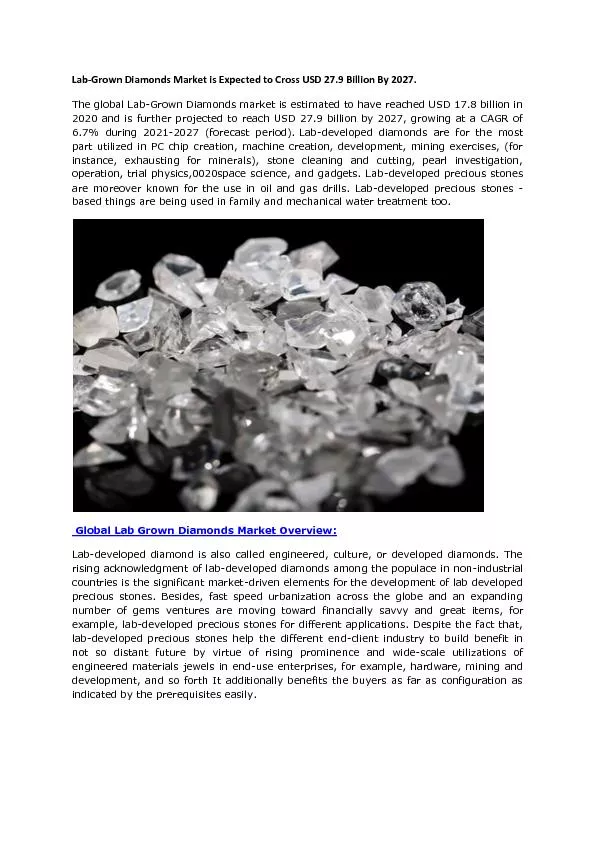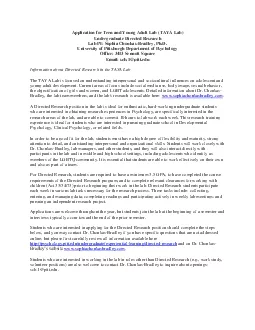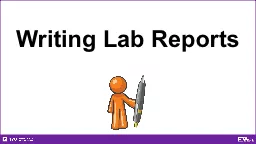PPT-Lab 3 ER Modeling Case Studies
Author : KissableLips | Published Date : 2022-08-02
2 Organization ER Case Study Organization made up of various departments each having a name identifying no and an employee who is the manager A department may be
Presentation Embed Code
Download Presentation
Download Presentation The PPT/PDF document "Lab 3 ER Modeling Case Studies" is the property of its rightful owner. Permission is granted to download and print the materials on this website for personal, non-commercial use only, and to display it on your personal computer provided you do not modify the materials and that you retain all copyright notices contained in the materials. By downloading content from our website, you accept the terms of this agreement.
Lab 3 ER Modeling Case Studies: Transcript
Download Rules Of Document
"Lab 3 ER Modeling Case Studies"The content belongs to its owner. You may download and print it for personal use, without modification, and keep all copyright notices. By downloading, you agree to these terms.
Related Documents

